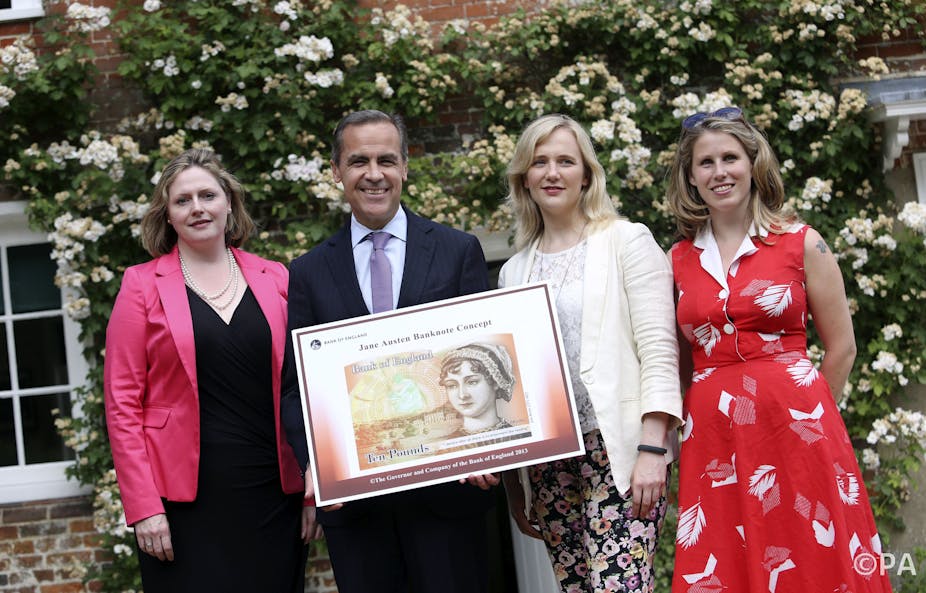It was an extraordinary year for social media. We saw sites such as Twitter shift from being a fun pastime to a fundamental part of life. The change might not have been unexpected but each time a new incident occurred online, lawmakers and service providers alike scrambled to bring in new rules and amend old ones. Surprised, no, but unprepared, yes.
Even before 2013 started, the UK’s Crown Prosecution Service launched a three-month public consultation in an effort to help it grapple with the problems involved in trying to prosecute cases involving communications sent via sites such as Twitter. No one could have predicted some of the bizarre, scary and at times tragic incidents that would characterise the months that followed. Here are some of the social media characters we met along the way.
The catfish
Last year opened with news of US sports star Manti Te'o falling prey to the relatively unknown online behaviour of catfishing.

The Notre Dame linebacker had thought for some time that he was in a relationship with Lennay Kekua, a 22-year-old he had met online and with whom he had shared long phonecalls.
In 2012, after a car accident, Kekua was diagnosed with leukaemia, and in September 2012, the disease claimed her life. But in the wake of this tragedy, the threads begin to unravel. Strange inconsistencies emerge. There are no records of Kekua at her university, nor at the hospital at which she had been treated. Her photographs are from a stranger’s account. In January, the penny drops and the news breaks: Kekua is a figment of someone else’s imagination – a catfish – perpetrated on an allegedly innocent Te'o.
The married people who liked prostitution
By March, the focus shifts to Facebook’s new Graph Search. This is a new way to search for people on Facebook according to interests or other types of information, but it’s not long before users work out that it can also be used to unearth controversial information, such as “married people who like prostitutes” and “current employers of people who like racism”.
The woman who tweeted too much
In April, the newly updated Defamation Act comes into force, but it arrives too late to guide Sally Bercow. After a BBC Newsnight report suggests that a Thatcher-era politician had abused boys, Bercow tweets, “Why is Lord McAlpine trending? *innocent face*”. It later emerges that McAlpine has been falsely accused and he sues the Speaker’s wife over the tweet. In May, the High Court awards Lord McAlpine significant damages and costs.
The man who knew too much
As the Crown Prosecution Service issues its final guidelines for social media cases, June explodes with the story of Edward Snowden and PRISM, a mass-surveillance programme run by the US National Security Agency and involving the UK’s intelligence service, GCHQ.
Through PRISM, the NSA has been mining data from Facebook, Google, Apple, Microsoft and Yahoo, among other sources, to spy on users.

Its ability to extensively monitor emails, chats, file transfers and social networks leads critics to describe it as unconstitutional, a contravention of the First and Fourth Amendments and a potential violation of the UK’s Data Protection Act.
The trolls who went too far
In July, Caroline Criado-Perez successfully campaigns to have a picture of a woman on a British banknote, an accomplishment that inexplicably triggers an explosion of extreme Twitter trolling. Threats of rape and violence escalate into death and bomb threats targeting an increasing number of prominent women, while Twitter comes under severe criticism for reacting to the situation slowly and inadequately.
By August, younger targets of cyberbullying on other sites are emerging, and the suicide of 14-year-old Hannah Smith prompts David Cameron to call for a boycott of social networking site ask.fm.
The kids who needed help
Throughout September, the NSA furore rumbles on and in October, the privacy debate takes a new turn when Facebook announces changes to its default settings for users between the ages of 13 and 17. Where once information could automatically be viewed by “friends of friends”, it is now only open to immediate friends.
At the same time, however, Facebook also introduces the option for minors to make their photos and posts “public”, a setting previously only available to adult users.
By November, the protection of young people evolves into widespread praise for Google and Microsoft for their public commitment to removing child pornography from their search engines. However, although championed by David Cameron and laudable in its intentions, the likelihood that this will help to deal with the underlying problems remains uncertain.
The juries who got told off
In a curious circularity, the year ends as it began: with more legal guidance. This time, UK attorney general Dominic Grieve is tweeting advice to the public in the hope of stopping legal cases being prejudiced as a result of “trial by internet”. This comes as increasing numbers of social media users find themselves facing charges of contempt of court for publishing names of those involved in ongoing criminal cases, unaware that this can be illegal.
Overall, in 2013, social media reared many ugly heads. We’ve come across fictional girlfriends, sexist trolls and cyberbullies. We’ve also been the victims of privacy invasion and contempt of court.
Of course, the internet is not only bad. Indeed, believe it or not, I actually think that it offers far more good. But the events of this year do suggest that this relatively young medium is far from establishing the kinds of social and criminal boundaries that we tend to take for granted offline. We can only wonder whether we’ll learn to play by the emerging rules in 2014 or, indeed, whether those rules make any sense.

